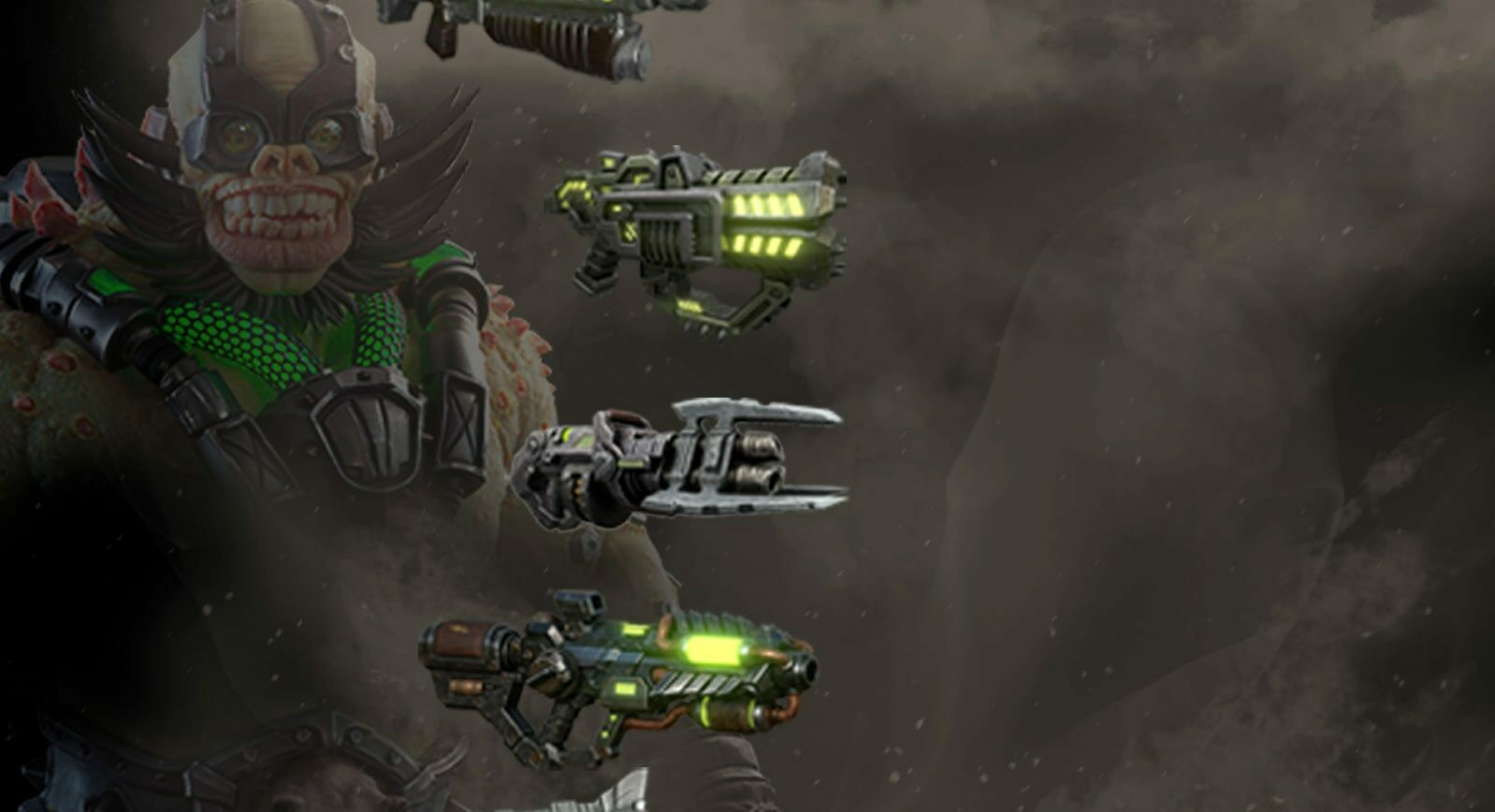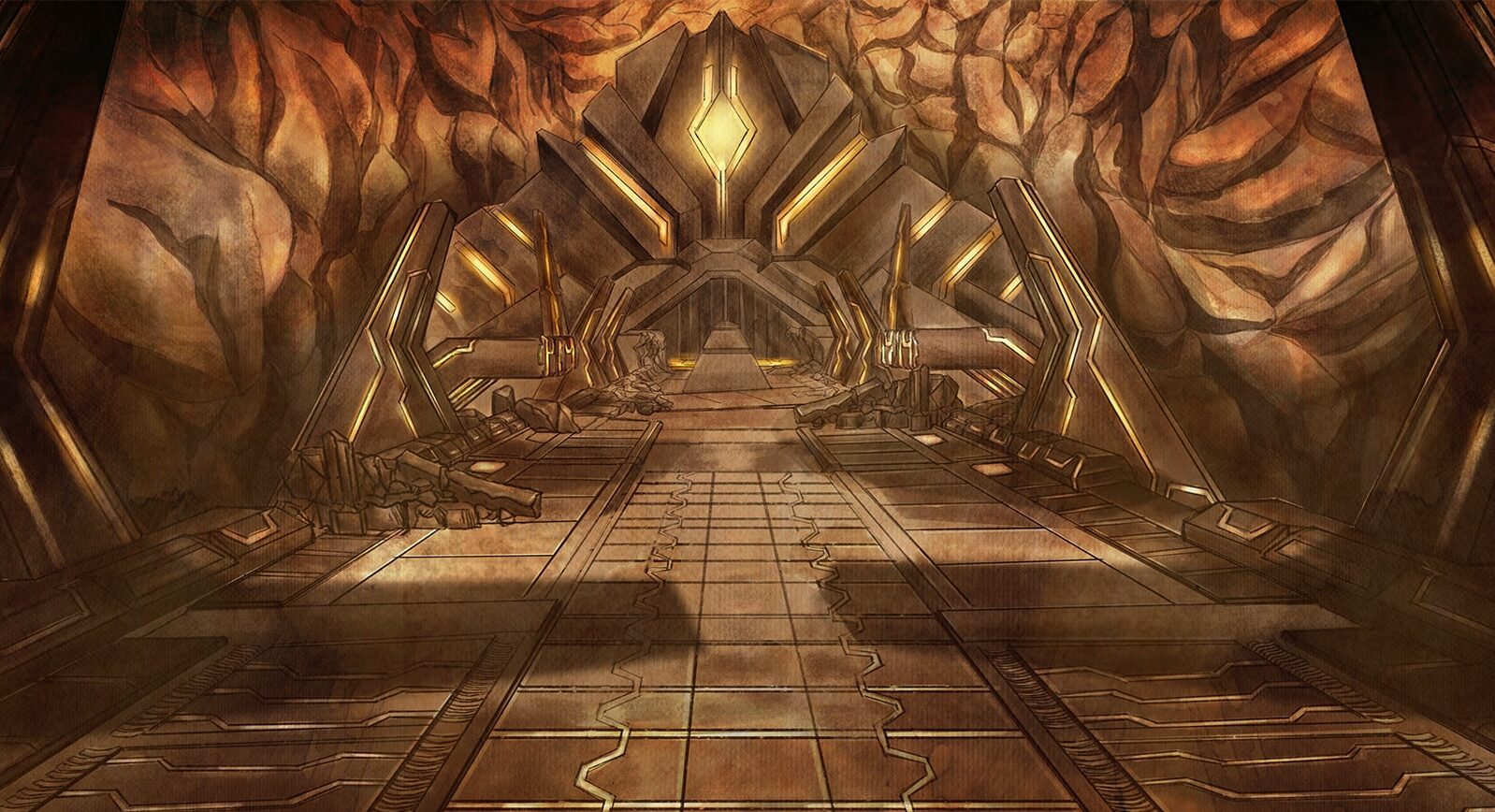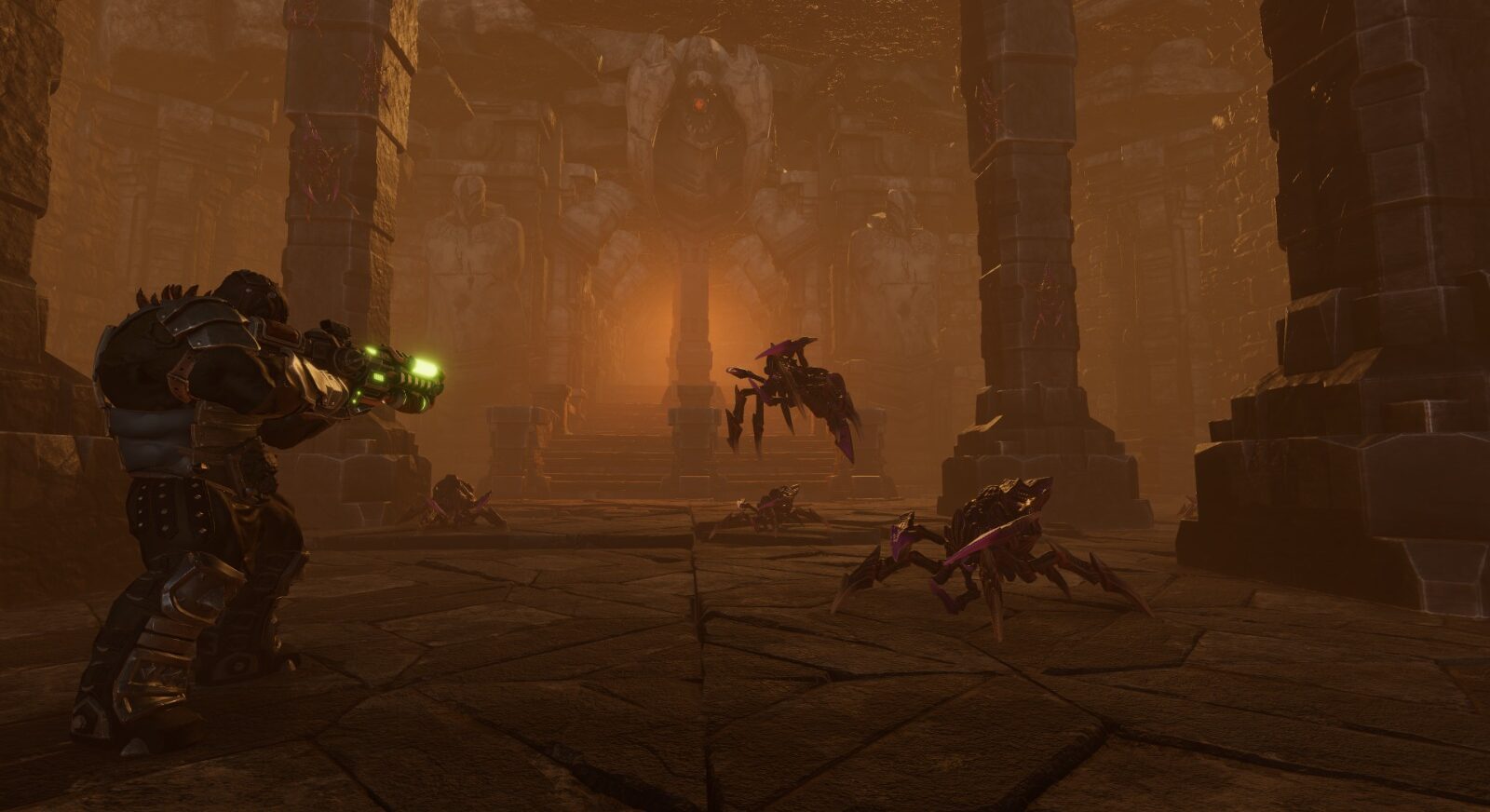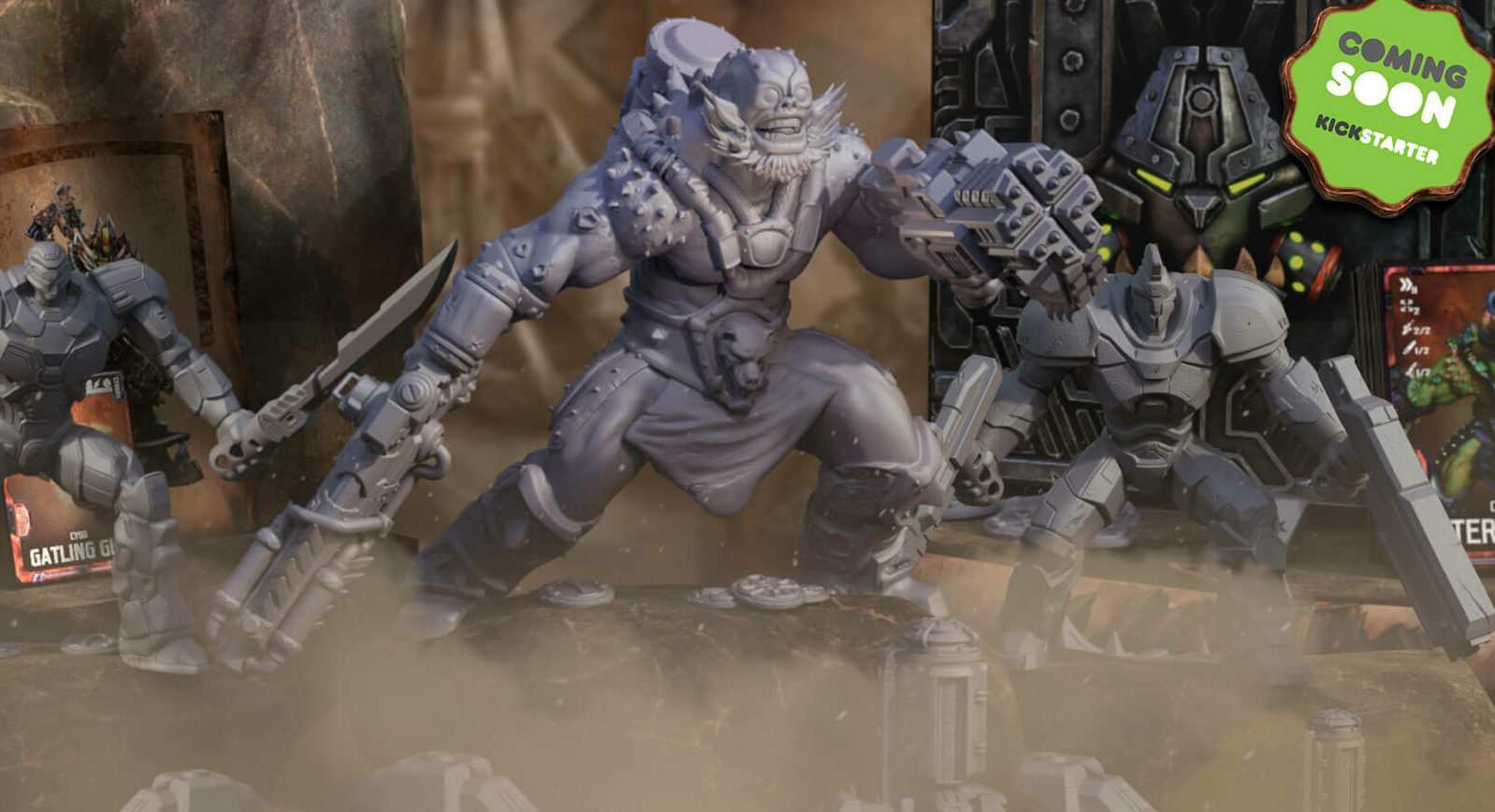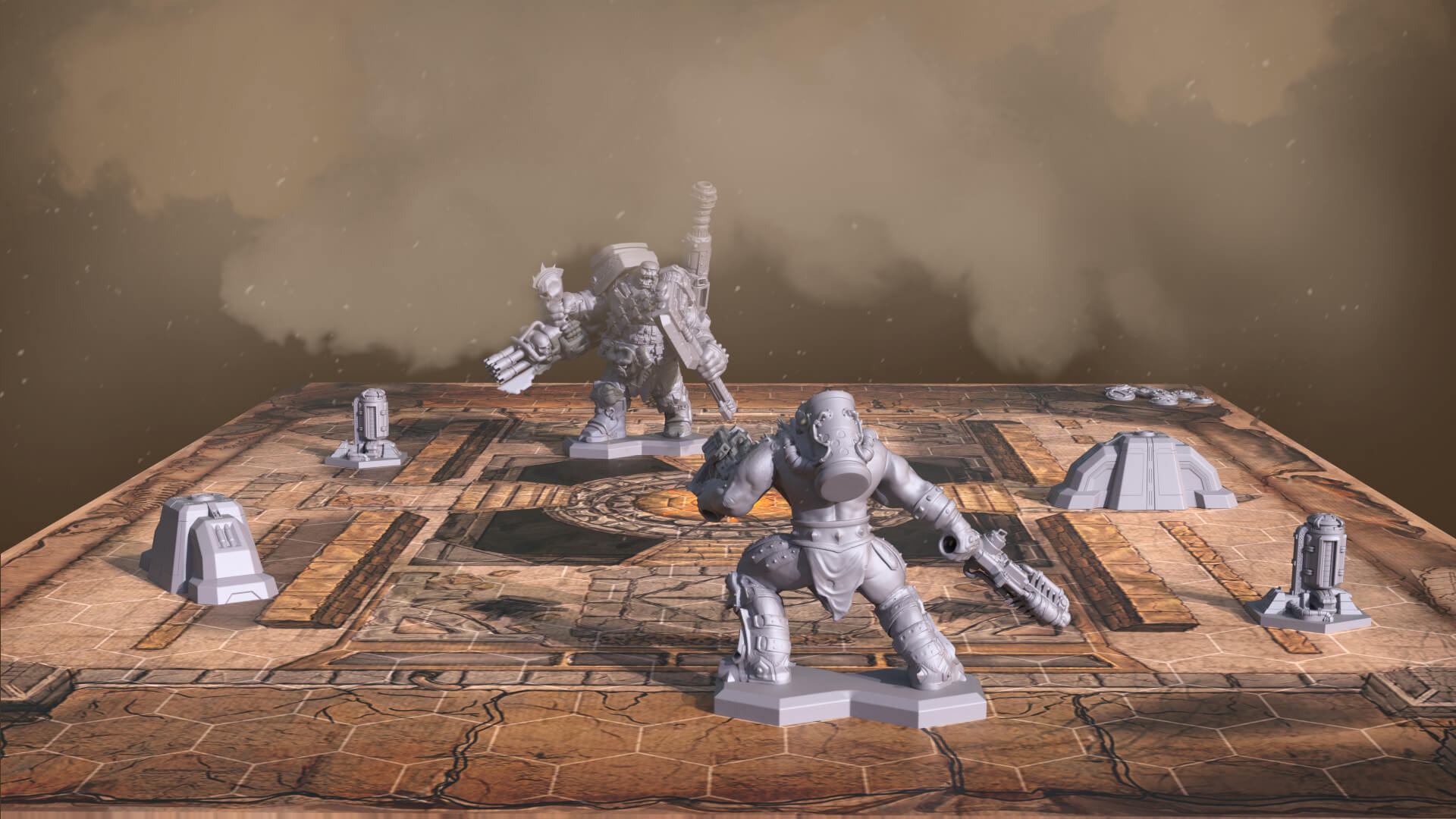Crafting Virtual Worlds
The Art of Creating Game Assets
In the realm of video games, captivating visuals play a pivotal role in immersing players into a rich, interactive experience. Behind every breathtaking landscape, fearsome creature, and intricate object lies a meticulous process of asset creation. In this blog post, we’ll delve into the fascinating world of game asset creation, exploring the processes and steps that game companies follow to bring their virtual worlds to life.
Conceptualization and Design
The journey of asset creation begins with a spark of creativity. Game designers, artists, and concept artists collaborate to develop a clear vision for the assets. This phase involves sketching ideas, brainstorming concepts as a result of that rough consepts are occuring
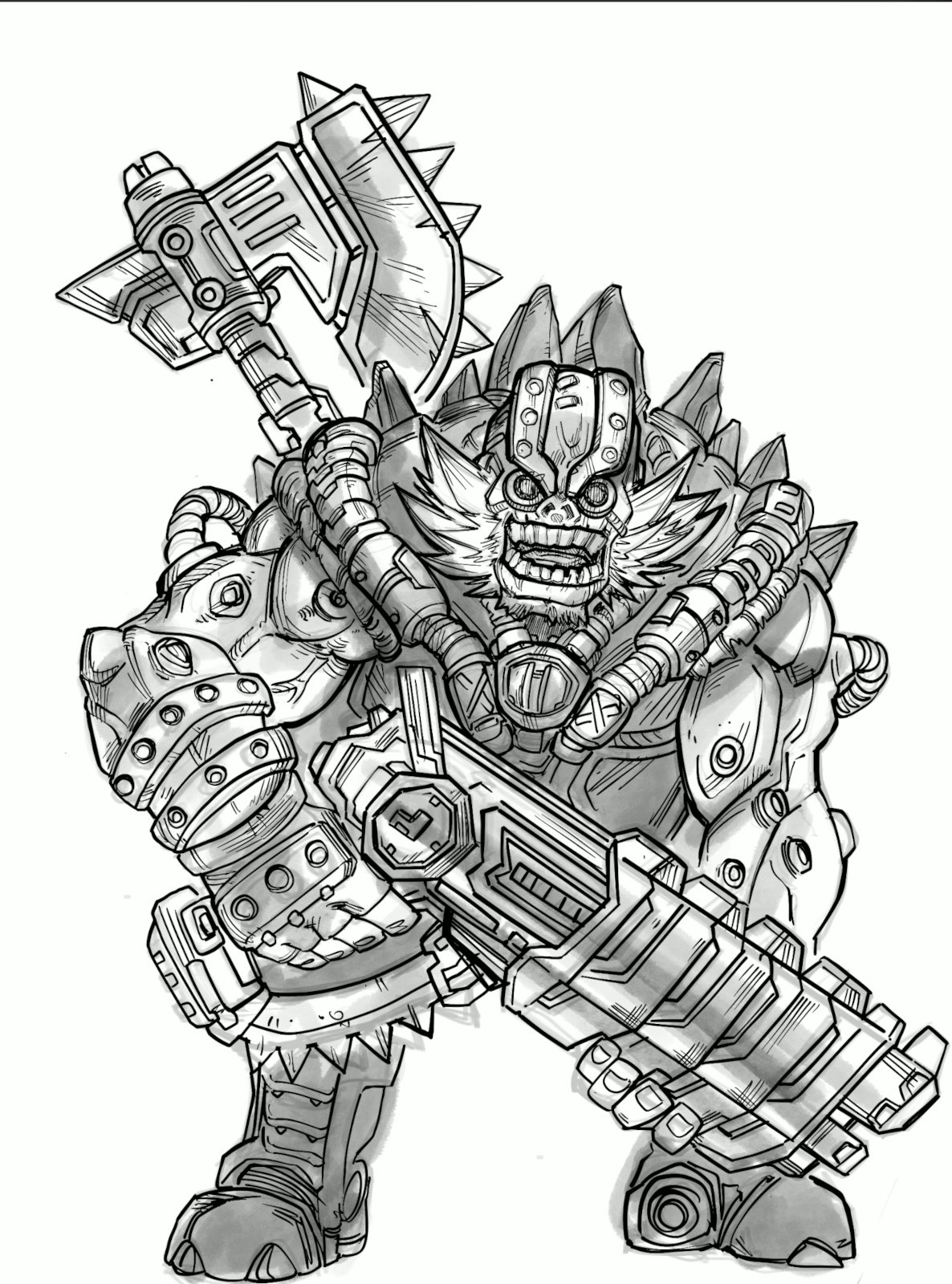
And creating mood boards to define the visual style, tone, and overall aesthetics of the game world.
3D Modeling
Once the concepts are refined, the 3D modeling process begins. Talented artists transform 2D sketches and concepts into three-dimensional models using specialized software such as Autodesk Maya or Blender. They meticulously sculpt the geometry, adding intricate details to ensure that the asset aligns with the desired visual style.
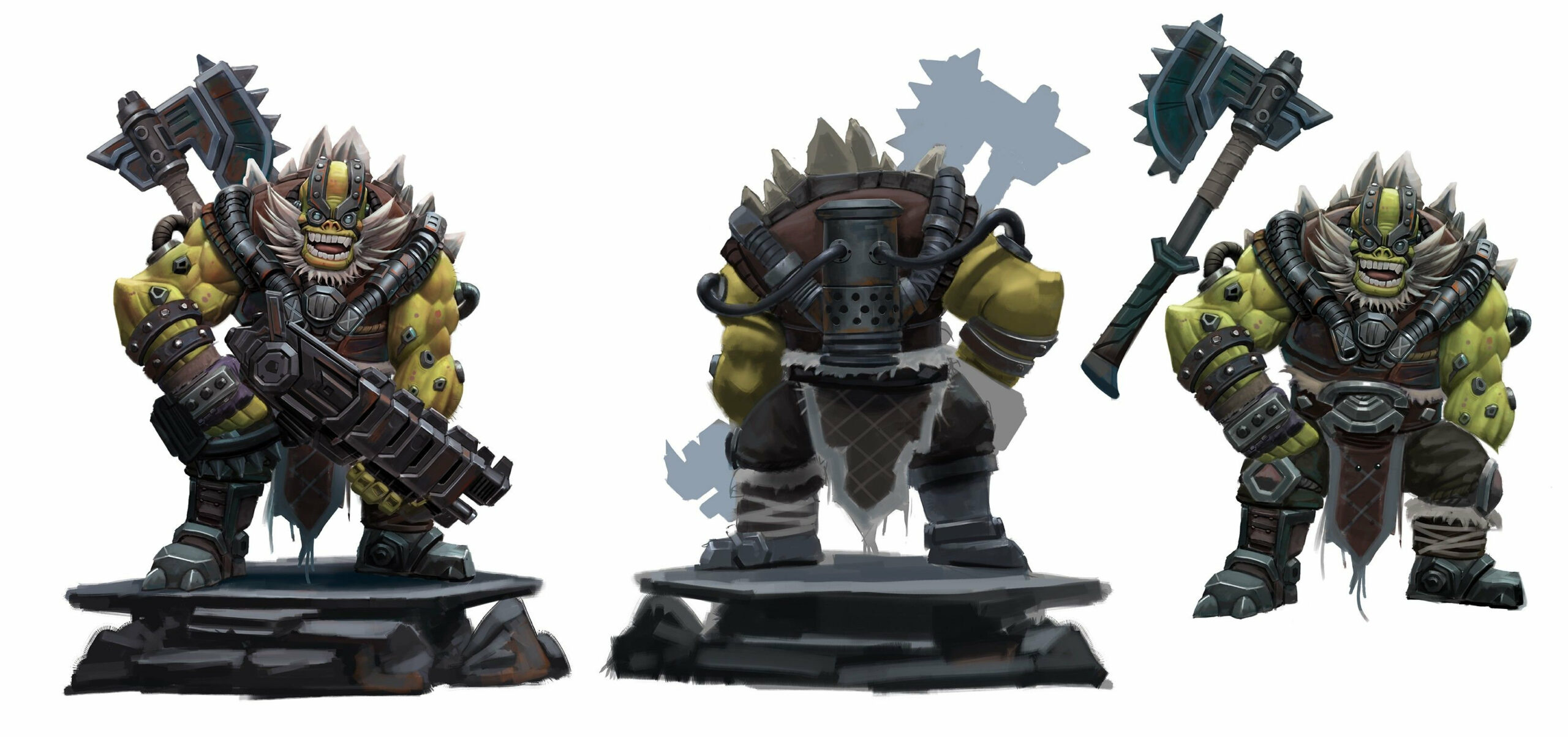
Texturing
Textures breathe life into 3D models, providing them with depth and realism. Texture artists create detailed maps that determine how light interacts with different parts of the asset. This process involves applying textures for color, specular highlights, roughness, and more. Texturing can be an iterative process, with artists fine-tuning details until they achieve the desired look.
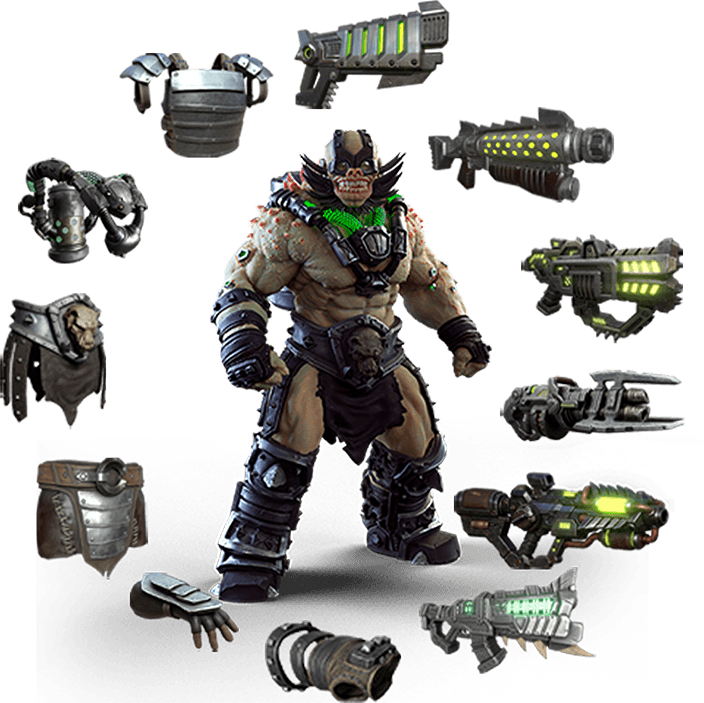
Rigging and Animation
For characters and creatures to move realistically within the game world, rigging and animation are crucial. Rigging involves creating a skeletal structure that dictates how a model moves. Skilled animators then bring the characters to life by creating fluid animations that encompass everything from walking and jumping to complex combat sequences.
Particle Effects and Special Effects
To add dynamism and excitement to the game, particle effects and special effects are integrated. Explosions, fire, water, and magical spells are just a few examples of effects that enhance the immersion and engagement of players. These effects are carefully crafted using physics simulations and artistic techniques.

